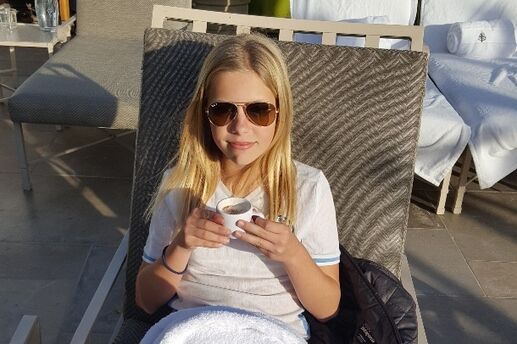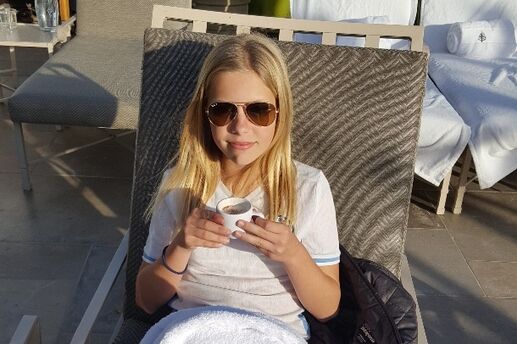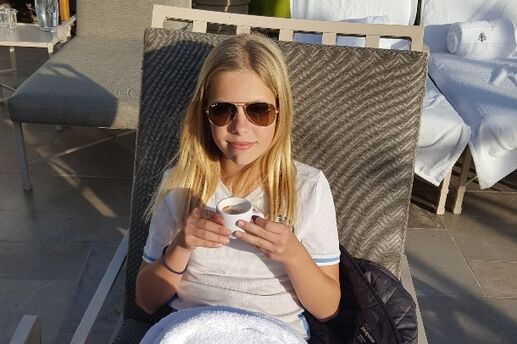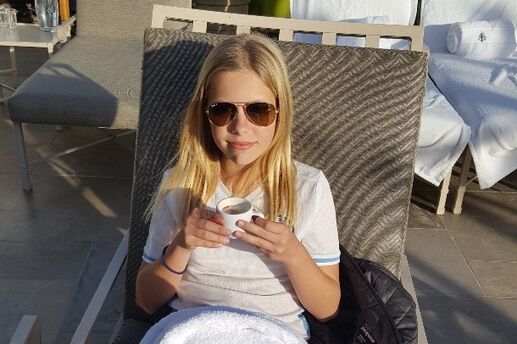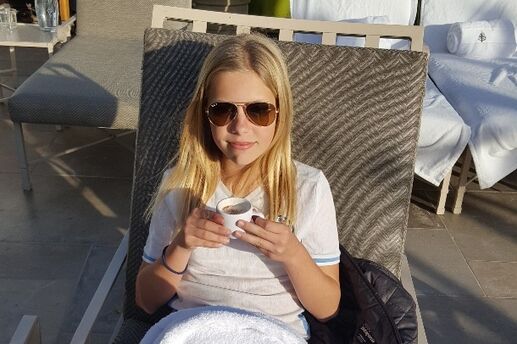Brushes: The Secret to Flawless Makeup
Take a peek into the kit of a professional makeup artist and you’ll see a dozen or more makeup brushes. What makeup artists know that the rest of us may not is that brushes are the secret to makeup that looks both polished and natural. They allow you to place foundation, concealer, shadow and blush with pinpoint precision. Brushes are also far better tools than fingertips for blending. Instead of lines of demarcation, stripes and edges, you can achieve seamless perfection. What’s more, brushes pick up far less product than your fingers do, which means your pricey compacts and tubes last a lot longer.
Ready to assemble a makeup brush kit? According to top makeup artists, these are the eight essential brushes every woman needs.
Foundation Brush
For liquid foundation, you have two choices. A traditional foundation brush is short and flat with stiff bristles for sheer, streak-free application. Another option is a short and round, flat-topped brush, sometimes called a “stippling brush” or -- because it has both natural and synthetic bristles -- a “duo” brush. Brett Freedman -- a celebrity makeup artist whose clients include Emily Blunt, Lisa Kudrow and Catherine Zeta-Jones -- is a fan of the duo brush. He first uses the brush to apply a light layer of moisturizer to the skin. “When I apply foundation with the same brush, there’s still a touch of moisturizer left, so you get a soft, dewy finish,” says Freedman.
Concealer Brush
Flat with a slightly pointed tip, this brush lets you get right up against the lash line and the inner corners of the eyes, where dark shadows lurk. Plus, you can cover zits or red areas, without spreading product on the surrounding skin and drawing attention to the imperfection you’re trying to hide.
Powder/Blush Brush
Soft, full and round, this multipurpose brush can be used for blush, bronzer and translucent powder. Remember to tap the brush lightly against the edge of your counter or sink to remove excess product. If you find you’re still applying more pigment to your skin than you’d like, consider a kabuki brush. This squat, dome-shaped brush spreads powder over a wider area for a more natural look. It’s a favorite tool of Anastasia Soare, a Los Angeles brow guru and makeup artist whose A-list client roster includes Jennifer Lopez and Penelope Cruz.
All-over Eye Shadow Brush
Small and dense with a rounded tip, this soft brush is used to sweep powder shadow over the lid. Apply a single layer of sheer color, or build dramatic hues with several layers.
Crease Brush
A tapered dome-shaped top allows this brush to nestle right in the crease of your eye, while the elongated shape makes it perfect for feathering the shadow. It’s a must-have for creating smoky eyes. “Starting on the outer corner of the eye, use a windshield-wiper motion to apply the color in your eye’s natural crease,” suggests Lusine Galadjian, a Hollywood makeup artist who works with music stars like Demi Lovato, Miley Cyrus and Mariah Carey. Want to open up deep-set eyes? “Apply the color just above the crease,” she says.
Pencil Brush
This brush allows you to place shadow with pinpoint accuracy, and its dense fibers create smoky intensity. For a glam nighttime look, choose a shadow in a darker color than you’ve used on your lid or in the crease and apply it to the outer third of the eye, staying close to the lash line.
Angled Eyeliner Brush
Flat with an angled tip, this brush snuggles against the lash line to deliver a sharp strip of gel, cream or powder liner. “Start from the outer corner of your eye, which is where you want more of the color deposited, and work toward the inner corner,” suggests Galadjian.
Lip Brush
Sheer lipsticks and glosses can be applied right out of the tube, but bold colors with creamy or matte finishes call for more control. A small, stiff lip brush allows you to stay within the lines or extend your pout artfully.
Photo: Corbis Images



